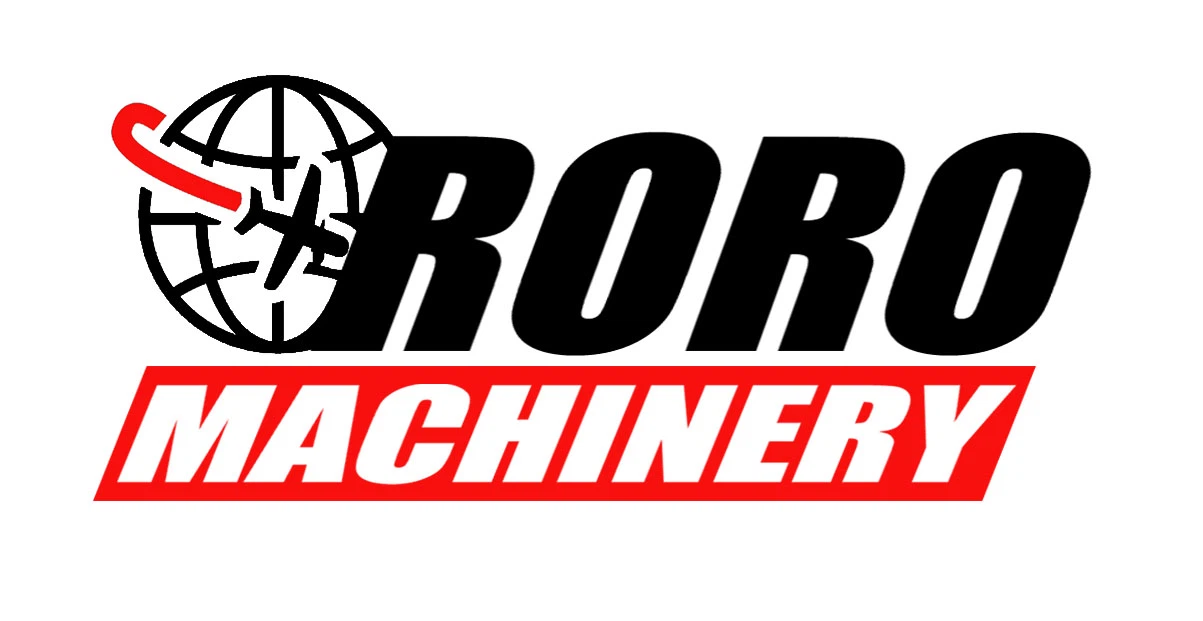Understand Excavator Maintenance: Common Faults And Response Strategies! (1)
Aug 25, 2023
Leave a message
1. The excavator is weak
Excavator weakness during excavation is a common issue that takes form in two different cases. The first scenario is when the load feels light and the engine cannot hold the vehicle. The second is when the engine stalls severely or even stops when the boom or stick extends to the ground.
The first scenario
The force of excavation is determined by the pressure output of the main pump. The ability of the engine to hold the vehicle depends on the balance between the torque absorbed by the oil pump and the torque output by the engine. If the engine cannot hold the vehicle, it is an indication that the oil pump is not absorbing enough torque and the engine load is too low. If the excavator's operating speed is normal, then attention should be focused on checking the maximum output pressure of the main pump, which is the system overflow pressure. If the measured value of the overflow pressure is lower than the specified value, then it suggests that the overload overflow valve in the hydraulic circuit is incorrectly set, leading to premature overflow and reduced mechanism operation. To adjust the machine, the adjustment screw can be used.
Second scenario
If you notice your engine stalling, it could be an indication that your oil pump is absorbing more torque than your engine can output. This can result in the engine becoming overloaded and shutting down. It's important to inspect your engine's speed sensing system, using the same method mentioned before, in order to determine the cause of the issue. Once you have identified the problem, you can troubleshoot accordingly. If your engine's speed sensing system is functioning properly, your engine should stop stalling and your digging force should return to normal.
2. Engine speed drops
One possible approach to resolving the issue is to start by testing the engine's output power. This will help determine if the power is lower than the rated specifications. If this is the case, several factors may be responsible for the malfunction. These could include poor fuel quality, low fuel pressure, incorrect valve clearance, a malfunctioning cylinder in the engine, incorrect fuel injection timing, incorrect fuel setting values, air leakage in the intake system, faulty brake and control lever, or carbon accumulation in the turbocharger.
However, if the engine's output power is found to be within normal limits, it will be necessary to check whether the flow rate of the hydraulic pump matches the output power of the engine. This step is crucial in ensuring that the hydraulic system is properly functioning and delivering the required power.
By following these steps systematically, it becomes possible to identify the root cause of the engine's malfunction and take appropriate measures to rectify it.
